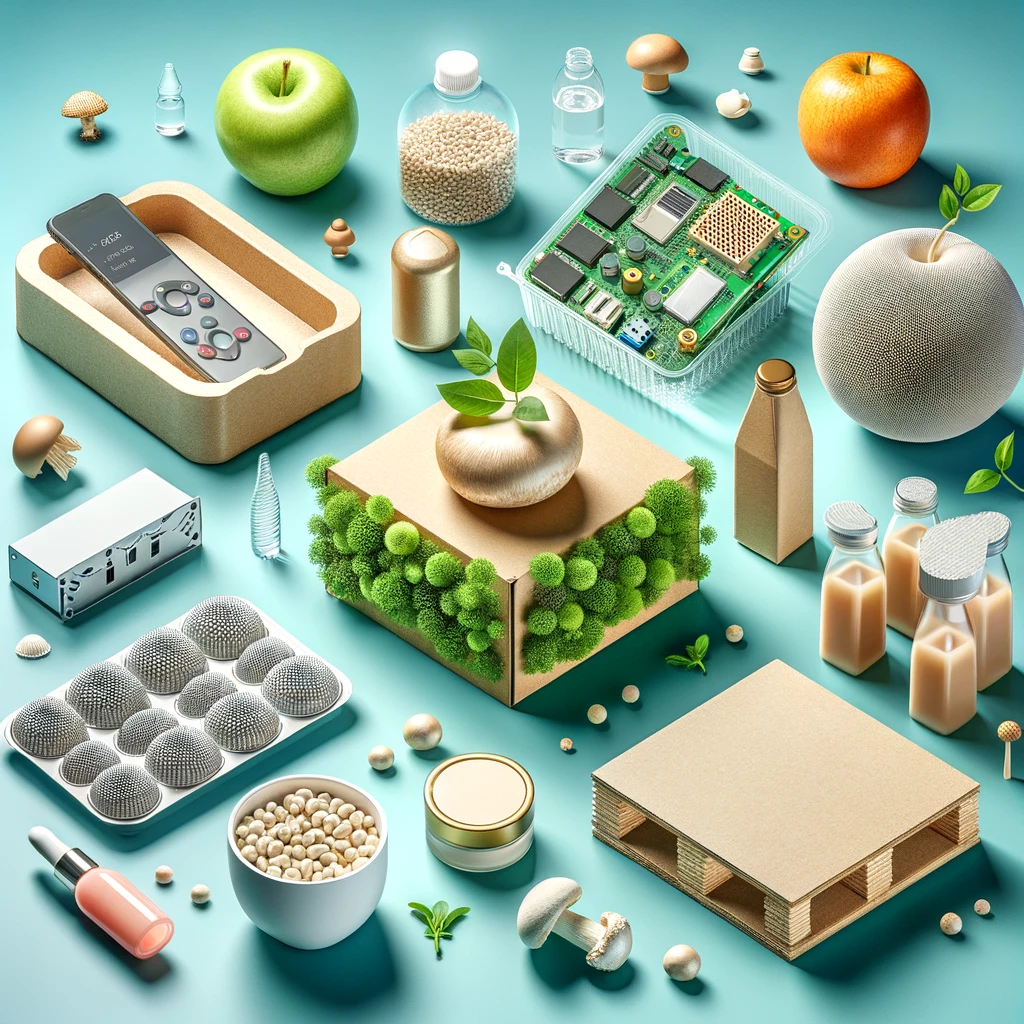In the quest for sustainability, innovative packaging solutions have become a focal point for many companies. The following case studies highlight how businesses have navigated challenges to develop and implement groundbreaking packaging strategies, leading to significant benefits for both the environment and their bottom lines.
1. Unilever’s Recycled Plastic Initiative
Challenge: Unilever, a multinational consumer goods company, faced immense pressure to reduce its plastic waste. With a portfolio that includes brands like Dove, Hellmann’s, and Ben & Jerry’s, the company generated substantial plastic waste. The challenge was to find a scalable solution that could significantly reduce their reliance on virgin plastic without compromising on quality or functionality.
Solution: Unilever committed to using at least 25% recycled plastic in its packaging by 2025. They collaborated with various partners across the value chain, from suppliers to waste management companies, to ensure a steady supply of high-quality recycled plastic. Additionally, Unilever invested in advanced recycling technologies to enhance the recyclability of their plastic packaging.
Benefits:
- Environmental Impact: By incorporating recycled plastic, Unilever has significantly reduced its plastic waste, cutting down the demand for virgin plastic and reducing carbon emissions.
- Brand Image: This initiative bolstered Unilever’s reputation as a leader in sustainability, enhancing consumer trust and loyalty.
- Cost Savings: In the long term, utilizing recycled plastic has proven to be cost-effective due to reduced material costs and lower waste management expenses.
2. IKEA’s Sustainable Packaging Journey
Challenge: IKEA, the global furniture giant, aimed to eliminate single-use plastics from its product range and customer packaging by 2020. The primary challenge was to find alternative materials that were not only sustainable but also capable of protecting their products during transit and storage.
Solution: IKEA adopted innovative materials such as mushroom-based packaging and paper-based solutions. Mushroom packaging, made from agricultural waste and mycelium (the root structure of mushrooms), is biodegradable and provides cushioning similar to polystyrene. IKEA also experimented with paper pallets, which are lighter and more recyclable than traditional wooden pallets.
Benefits:
- Waste Reduction: These alternatives have drastically reduced IKEA’s reliance on non-biodegradable plastics, contributing to a significant decrease in landfill waste.
- Customer Satisfaction: Sustainable packaging options have resonated well with environmentally conscious customers, enhancing IKEA’s brand appeal.
- Logistical Efficiency: Lighter packaging solutions, like paper pallets, have reduced shipping costs and improved logistical efficiency.
3. Coca-Cola’s PlantBottle Initiative
Challenge: Coca-Cola sought to address the environmental impact of its PET plastic bottles. The challenge was to develop a packaging solution that maintained the quality and durability of traditional PET bottles while reducing reliance on fossil fuels.
Solution: In 2009, Coca-Cola introduced the PlantBottle, a PET plastic bottle made from up to 30% plant-based materials. The company utilized bioethanol derived from sugarcane, which is a renewable resource, to produce the plant-based component of the bottle. This innovation marked a significant step towards reducing the carbon footprint of their packaging.
Benefits:
- Reduced Carbon Footprint: The PlantBottle initiative has significantly reduced Coca-Cola’s carbon emissions, as producing bioethanol generates fewer greenhouse gases compared to conventional fossil fuels.
- Scalability: The technology behind PlantBottle has been shared with other companies, promoting wider adoption of sustainable packaging solutions across the industry.
- Market Leadership: Coca-Cola’s commitment to sustainability through initiatives like PlantBottle has reinforced its position as a market leader in environmental stewardship.
4. Dell’s Mushroom Packaging
Challenge: Dell, a leading technology company, faced the challenge of finding sustainable packaging solutions that could protect their sensitive electronics during shipping while minimizing environmental impact.
Solution: Dell partnered with Ecovative, a company specializing in mushroom-based packaging. This innovative material is created by growing mushroom roots, or mycelium, around agricultural waste, forming a solid and biodegradable material. Dell started using this mushroom packaging for shipping its servers and other electronic products.
Benefits:
- Environmental Sustainability: Mushroom packaging is completely biodegradable and compostable, significantly reducing waste and the environmental footprint of Dell’s packaging.
- Product Protection: The material provides excellent cushioning and protection for delicate electronics, ensuring safe delivery to customers.
- Corporate Responsibility: Dell’s adoption of sustainable packaging has strengthened its corporate social responsibility profile, appealing to environmentally conscious consumers and stakeholders.
5. Lush’s Naked Packaging
Challenge: Lush, a cosmetics company known for its ethical stance, aimed to eliminate plastic packaging from its products entirely. The challenge was to create packaging-free alternatives that maintained product integrity and appealed to customers.
Solution: Lush developed the “naked” product line, which includes solid shampoos, conditioners, and body lotions that require no packaging. These solid products are sold “naked,” without any plastic wrapping, and are designed to last longer than their liquid counterparts.
Benefits:
- Waste Elimination: By removing packaging altogether, Lush has drastically reduced plastic waste and its environmental impact.
- Consumer Appeal: The naked product line has been extremely popular among consumers who are seeking sustainable and zero-waste options.
- Product Innovation: This approach has pushed Lush to innovate and create high-quality, solid-form products that meet customer needs without the need for packaging.
Conclusion
These case studies demonstrate the diverse approaches companies can take to develop and implement innovative packaging solutions. By addressing specific challenges and leveraging new technologies and materials, these businesses have not only reduced their environmental impact but also gained significant benefits, including cost savings, enhanced brand image, and improved customer satisfaction. As more companies follow in these footsteps, the future of sustainable packaging looks promising, paving the way for a greener, more sustainable world.

